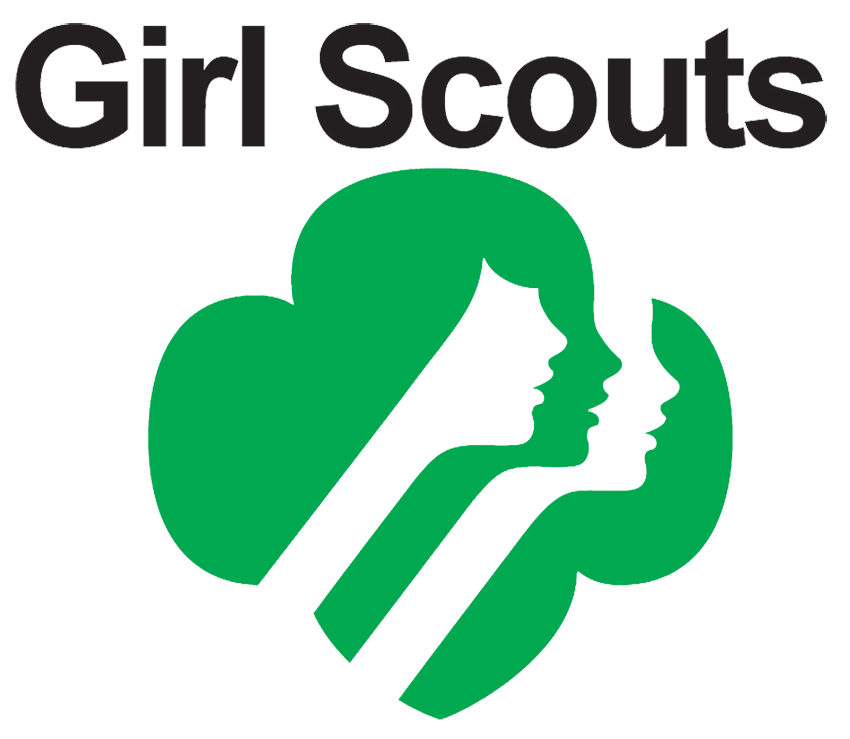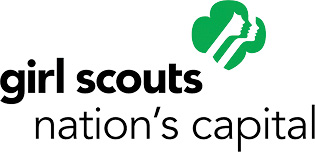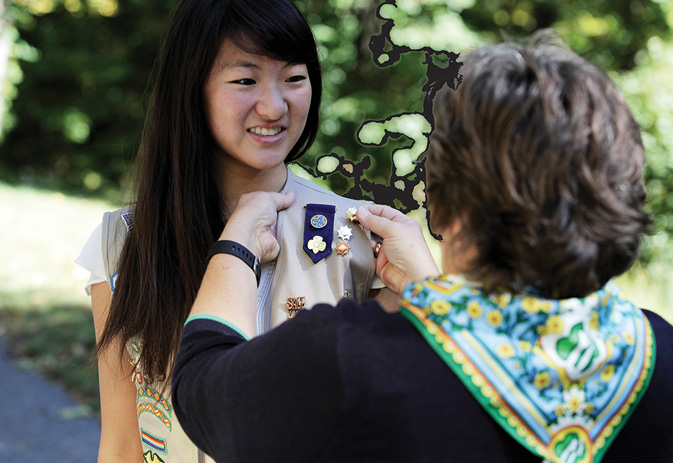- Home
- Media Kit
- Current Issue
- Past Issues
- Ad Specs-Submission
- Ad Print Settings
- Reprints (PDF)
- Photo Specifications (PDF)
- Contact Us


![]()
ONLINE

Heritage and History
Editors’ Note
Based on her extensive business and philanthropic profile, on August 25, 2010, Lidia Soto-Harmon was appointed CEO of the Girl Scout Council of the Nation’s Capital, after serving six years as the organization’s Chief Operating Officer.

Would you give an overview of Girl Scouts Nation’s Capital and where you see growth within that region?
We are the largest Girl Scout council in the country, serving about 60,000 girls and with the adults, we’re probably at 87,000 members.
We cover 25 counties in Maryland, Virginia, West Virginia, and the District of Columbia, and in 2008 we merged with a council to our west.
We have been strong in this region since 1963 and that’s why we have continued to find success.

How do you balance the history and heritage of Girl Scouts with remaining relevant today?
We’re 104 years old and we’re still here because the tenets behind what made Girl Scouting great 100 years ago is what makes it great today, which is the concept of providing a safe space for girls to explore, take risks, and serve their community. Community service is incredibly important for Girl Scouts. This is visible in our highest awards like the Gold Award, and this year we are celebrating 100 years of girls making their communities and our world a better place.
The fact that our council, as well as councils across the country, have amazing Girl Scout camps where girls can be stewards of nature is incredibly relevant and important.
Some of our programming has changed as times have changed, but the core of who we are – the sense of service to others, the sense of having courage and learning by doing and trying different things – has not changed.
In our council, we find that value-based education is still incredibly important for young people.
How do you define the Girl Scout experience from an age point of view?
I am humbled when I see my 70- and 80-year-old Girl Scout volunteers still finding ways to teach archery to younger generations, and still at camp teaching girls about plants and other elements of nature.
I see it in the mothers who were Girl Scouts growing up, paying it forward by giving their own children the gift of Girl Scouting, because they know we provide a nurturing environment, a safe space to make friends and allow girls to fail so they can continue to grow strong and confident.
In our council, we probably have one of the highest percentages within our organization of lifetime members both on staff and in the community. This is because of our sense of purpose, which doesn’t end once a child goes off to college.
How important is the coordination among different markets?
There is strength in the way Girl Scouts is organized in that we’re a federated system. It’s incredibly important that there is a national organization that works on the national program portfolio, on protecting our brand, and on the things we all need to be doing in the same fashion so we act as one organization. There is also great strength and value in having councils be laboratories for different opportunities and to figure out how we can scale them up to the national level. We pioneered an initiative that we started 10 years ago in this council to reach out to young Latinas. Through our work, we have created a beautiful model that we can potentially replicate in other parts of the country.
There is great value in having local opportunities to try new things and to figure out how to scale them up. There is also great value in having a strong national organization that helps protect our brand and helps make sure the programming is the same across the country.
How do you define your role in leading this council and what are your keys to success?
One of the reasons our council has been successful is there is a true commitment to a staff and volunteer partnership. When I think of the close to 5,000 troops we have in this council, there is no way that girls could have such a rich leadership experience if it wasn’t for the volunteer troop leaders.
Anything we can do at a staff or a council level to support our administrative volunteers and our troop leaders is key. With about 60,000 girls and a staff of only about 118 people, there is just no way to serve our Girl Scouts if it wasn’t for committed volunteers.
Investing in training, really listening to what their needs are, and making sure the experience is rewarding and fun are the keys to success for any council.
How do you define the power of Girl Scouts and the impact it has on these girls?
What I see with the young families that are involved is that it’s probably the most comprehensive way to impact a girl’s life – dads can be cookie managers or work on high adventure; moms can mentor and bring the community together to help support the troop. I also see siblings involved, brothers who are committed to helping their sisters grow and succeed.
Girl Scouting is comprehensive and everything is part of the menu, from outdoors activities to learning how to run a business.
With Girl Scouting, everybody can play a positive role in helping a girl develop, which is incredibly charming and wonderful.
How critical to the success of the council is it that the whole family is engaged?
Our primary customer is really the volunteers and parents, because they deliver our fine program to Girl Scouts. Parents are the ones making the decisions and are the ones who have to see the value of having their daughters participate. Some of the technology investments we have made recently as a movement are critical. Millennial parents are busy. Anything that can facilitate their opportunity to easily engage with Girl Scouting is critical to our success.•